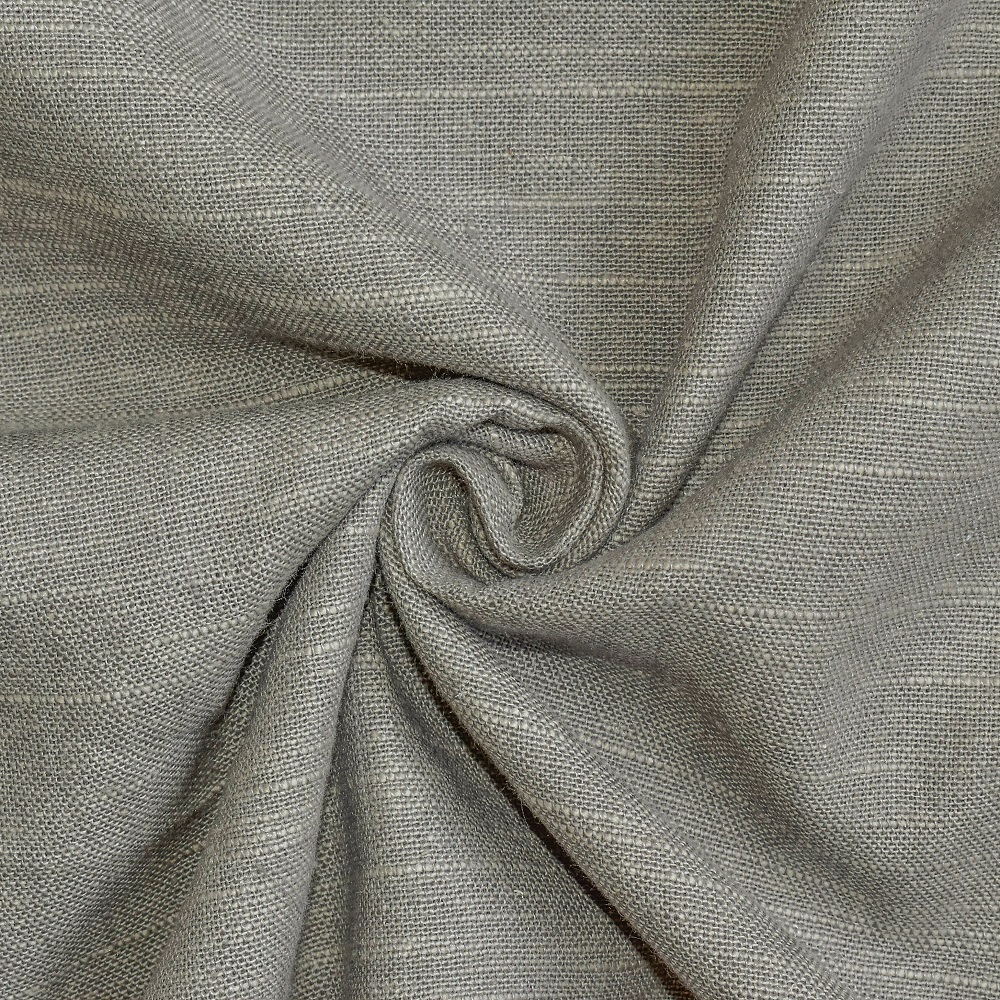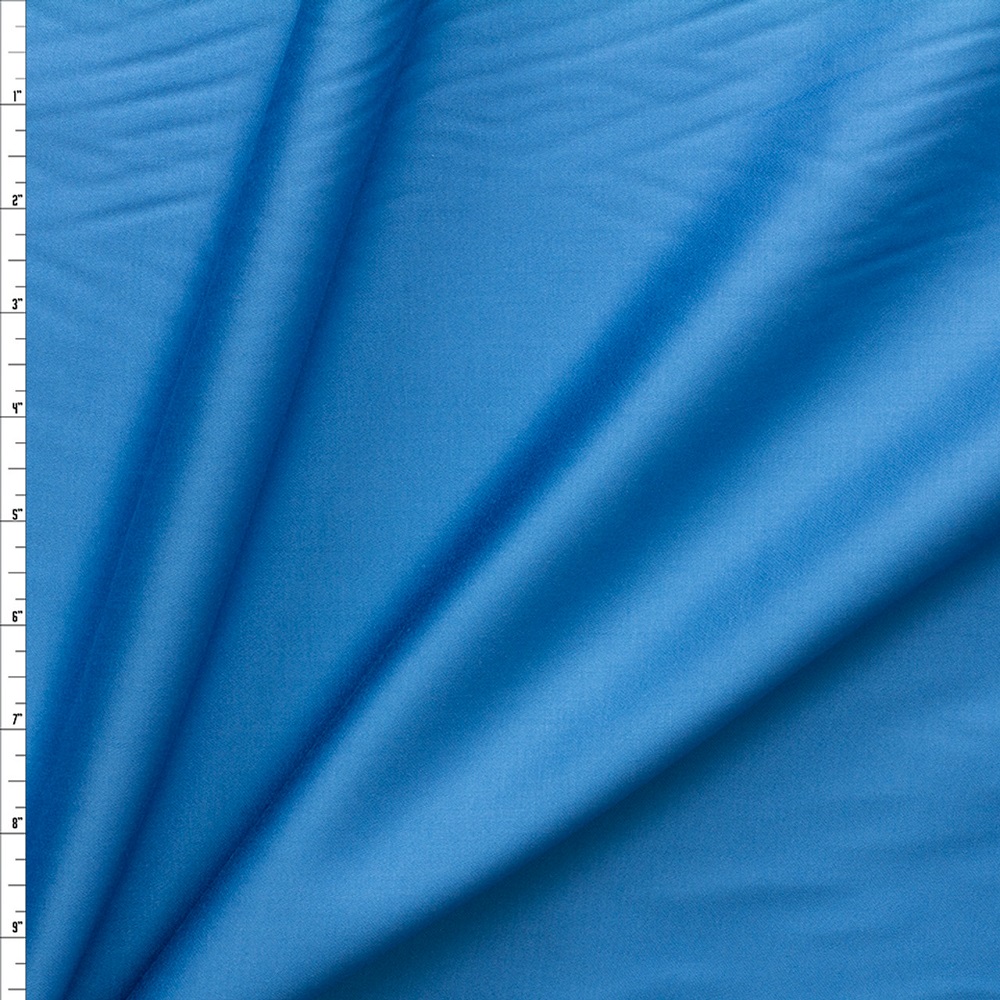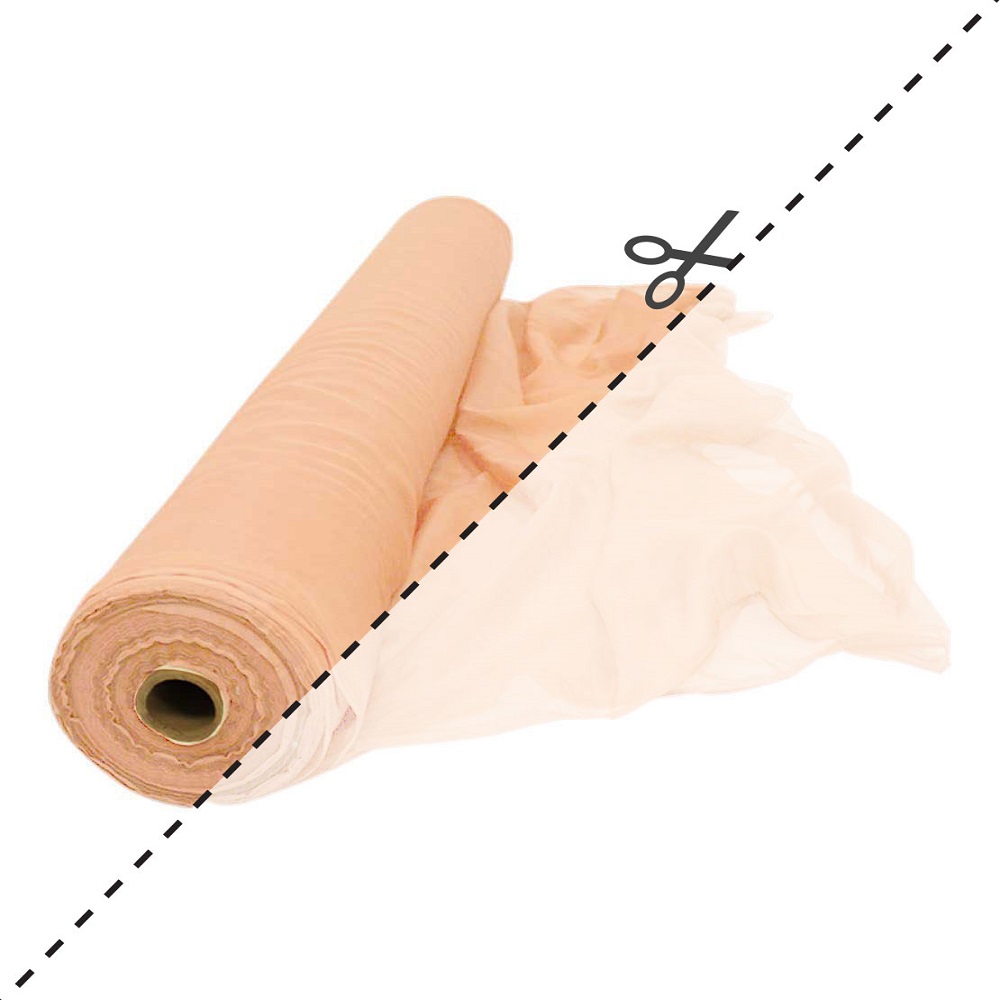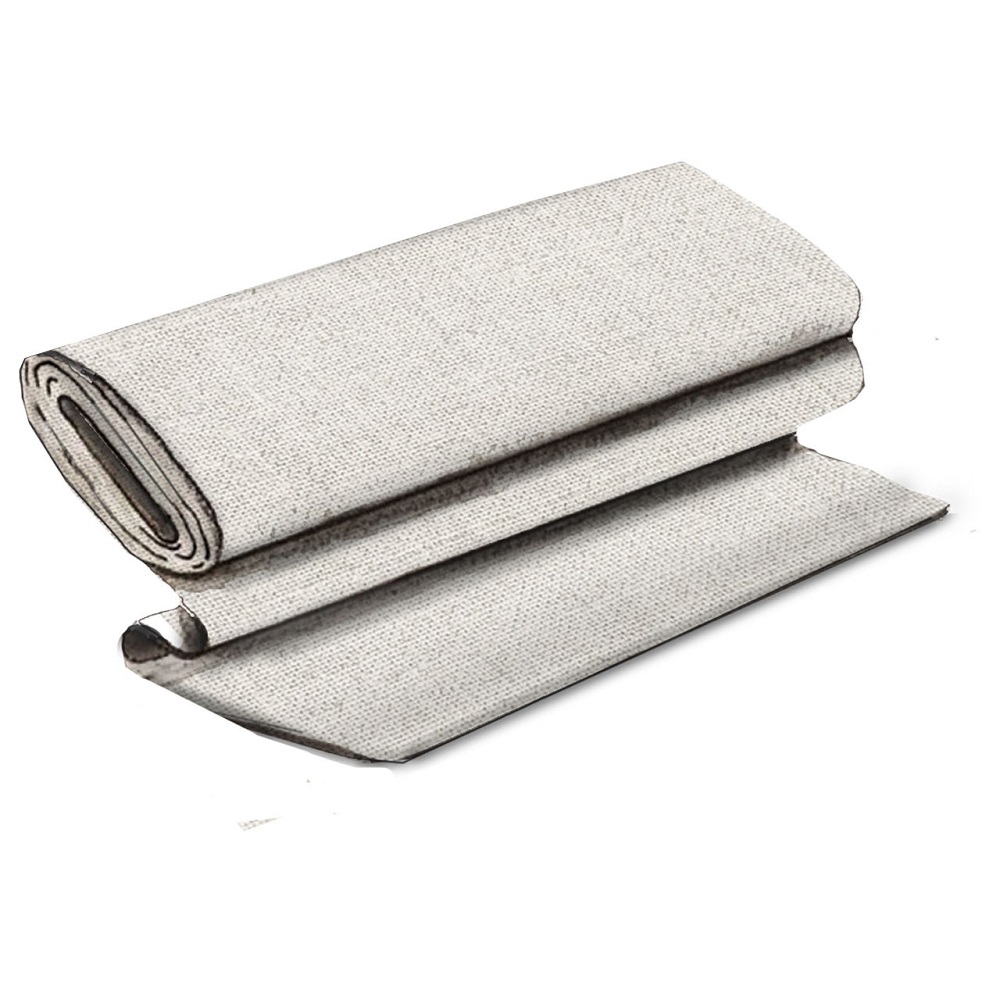Introduction to Fabric Measurements
Navigating the world of fabric measurements can be a challenge for new and seasoned crafters alike. To create stunning projects, understanding how fabric dimensions influence the amount required is crucial. A yard of fabric dimensions are a common unit in sewing and crafting, but comprehending exactly what it entails is the foundation to successful fabric purchases.
When stepping into a fabric store or shopping online, you’re confronted with an array of fabric types, each with different widths and lengths. A standard yard is defined as 36 inches in length, which translates to approximately 0.9144 meters or 91.44 centimeters.
Yet, a yard of fabric doesn’t represent a single size, as the width can significantly vary—ranging from as narrow as 28 inches to as wide as 60 inches or more. This variation impacts how much material you’ll need for a project. For example, a yard of 36-inch wide fabric offers less material than a yard of 60-inch wide fabric due to the difference in total surface area.
Understanding these key dimensions helps you plan your projects more accurately, ensuring you purchase the right amount of fabric without unnecessary waste. In the following sections, we’ll explore typical widths of fabrics, how to calculate fabric yardage, the importance of accounting for shrinkage and pattern matching, and the use of conversion charts to streamline your fabric measurements. Armed with this knowledge, you’ll be better equipped to buy fabric by the yard with confidence.

Key Fabric Dimensions Explained
Navigating fabric dimensions is key to project success. It involves more than just knowing a yard equals 36 inches. The width is also essential. Let’s break down these critical dimensions.
What Does a Yard of Fabric Look Like?
A yard of fabric typically measures 36 inches in length. But its overall size varies with width, impacting your project’s material needs. It’s the base for accurate fabric calculations.
Width variations mean a yard’s appearance can differ. For instance, a yard of 36-inch fabric looks square, while wider fabric presents as a rectangle. Knowing this ensures you cut the correct amount.
Typical Width Range of Fabrics
Fabric widths can range broadly, generally between 28 to 60 inches. This width affects the total fabric in a yard. Projects may require specific widths, so selecting the right one is crucial.
When you buy a yard, it’s not just the length but the width that counts. A yard of wider fabric offers more material, making it suitable for larger projects. Meanwhile, narrow fabric may limit pattern placement and increase waste.
In summary, understand that a yard refers to length, and know your project’s width needs. These dimensions will guide your purchasing decisions, ensuring you have enough fabric without excess.
Calculating Fabric Yardage for Projects
Calculating the correct fabric yardage is vital for project success. Here’s how to tackle it step by step.
Fabric Width and Project Requirements
Factor in fabric width when determining yardage for a sewing project. Wider fabric may meet project needs with less yardage. Narrower options often require more material. It’s crucial to know both the length and width for accurate calculations.
Accounting for Shrinkage and Pattern Matching
Always consider potential shrinkage when calculating fabric needs. Some fabrics shrink, affecting project dimensions. Remember this to avoid shortfalls. Additionally, align patterns correctly; this may need extra fabric. Plan for this extra yardage to ensure pattern consistency throughout your project.
Conversion Charts for Fabric Measurements
Use conversion charts to switch between yards, meters, and inches with ease. Charts help visualize measurements, making fabric shopping simpler. Keep one handy for quick and accurate conversions. They ensure you buy the correct amount of fabric every time.

Buying Fabric by the Yard
When purchasing fabric by the yard, it’s crucial to approach this process with precision to ensure you get exactly what you need for your projects without excess.
Tips for Ensuring Accurate Yardage
- Measure Carefully: Double-check the measurements of fabric at the store. Request additional cuts if the fabric appears skewed or misaligned.
- Use Reliable Guides: Employ yardage conversion charts for accurate requirement estimates.
- Ask for Assistance: Don’t hesitate to ask store assistants for help to measure and cut the fabric precisely.
The Role of Fabric Width in Pricing
Fabric prices often depend on the width. Wider fabric typically costs more but provides more material per yard, proving economical for larger projects. Understanding this can help budget your purchases more effectively.
Running Yard vs Pre-Cut Yardage
- Running Yard: This refers to fabric measured and cut directly from the bolt. It allows for custom lengths according to project needs.
- Pre-Cut Yardage: Often found in standard cuts (e.g., 1 yard), this is suitable for smaller projects or those requiring less precision in fabric size. Pre-cut options can also be great for quilters or crafters who need standardized pieces.
Selecting the right type of yardage can impact project effectiveness and cost-efficiency. Consider these tips and types to make the best buying choices for your fabric needs.
Before You Cut: Prepping Fabric
Preparing your fabric before starting a project is as crucial as measuring it. Let’s dive into the steps you should take before you cut your yard of fabric to guarantee the best results for your sewing projects.
Pre-Shrinking Fabric
Always pre-shrink fabric before cutting to prevent future mishaps. Many fabrics tend to shrink after washing, which can warp your finished project if not accounted for in advance. To pre-shrink, simply wash and dry the fabric following the care label instructions. This step ensures that the dimensions remain consistent throughout your sewing process and after the item is made.
Checking for Selvage and Edge Straightness
Inspect the fabric’s edges, known as selvages, before cutting. Selvages keep the fabric from fraying and often have tiny holes or a different texture. Make sure the edges are straight. A skewed cut from the bolt might give you less fabric than needed. If the edges aren’t straight, you can pull a thread from the selvage or lightly press a fold to create a straight line. This helps in getting the exact yardage you need without wasting any valuable fabric.
Cutting off the selvage before laying out your pattern pieces is also a good practice. Doing so ensures that no part of the selvage ends up in your sewing project, preserving the integrity and appearance of your work. With the fabric properly prepped, you’re now ready to embark on your creative journey, turning a yard of fabric into a beautiful creation.

Creative Projects with a Yard of Fabric
Transform a yard of fabric into a variey of creative projects. This section offers inspiration on optimizing remnants and suggesting projects that specifically require only one yard of material.
Ideas for Utilizing Remnants
Fabric remnants, often overlooked, are gems for crafters. Here are some ways to make the most of them:
- Patchwork Creations: Combine different remnants to create quilts or patchwork bags.
- Accessories: Use small pieces for making headbands, bow ties, or scrunchies.
- Home Decor: Craft coasters, placemats, or pillow covers from appealing remnants.
These ideas not only reduce waste but also add personalized touch to your creations.
Suggestions for One Yard Projects
A single yard of fabric offers numerous possibilities. Here’s what you can do:
- Clothing: Sew a simple top, a child’s dress, or a pair of lightweight summer shorts.
- Decorations: Create table runners or festive bunting for special occasions.
- Utility Items: Make a tote bag, an apron, or a fabric basket to organize belongings.
These projects are ideal for both beginners and seasoned crafters, making efficient use of fabric while fulfilling practical needs or whimsical desires.









